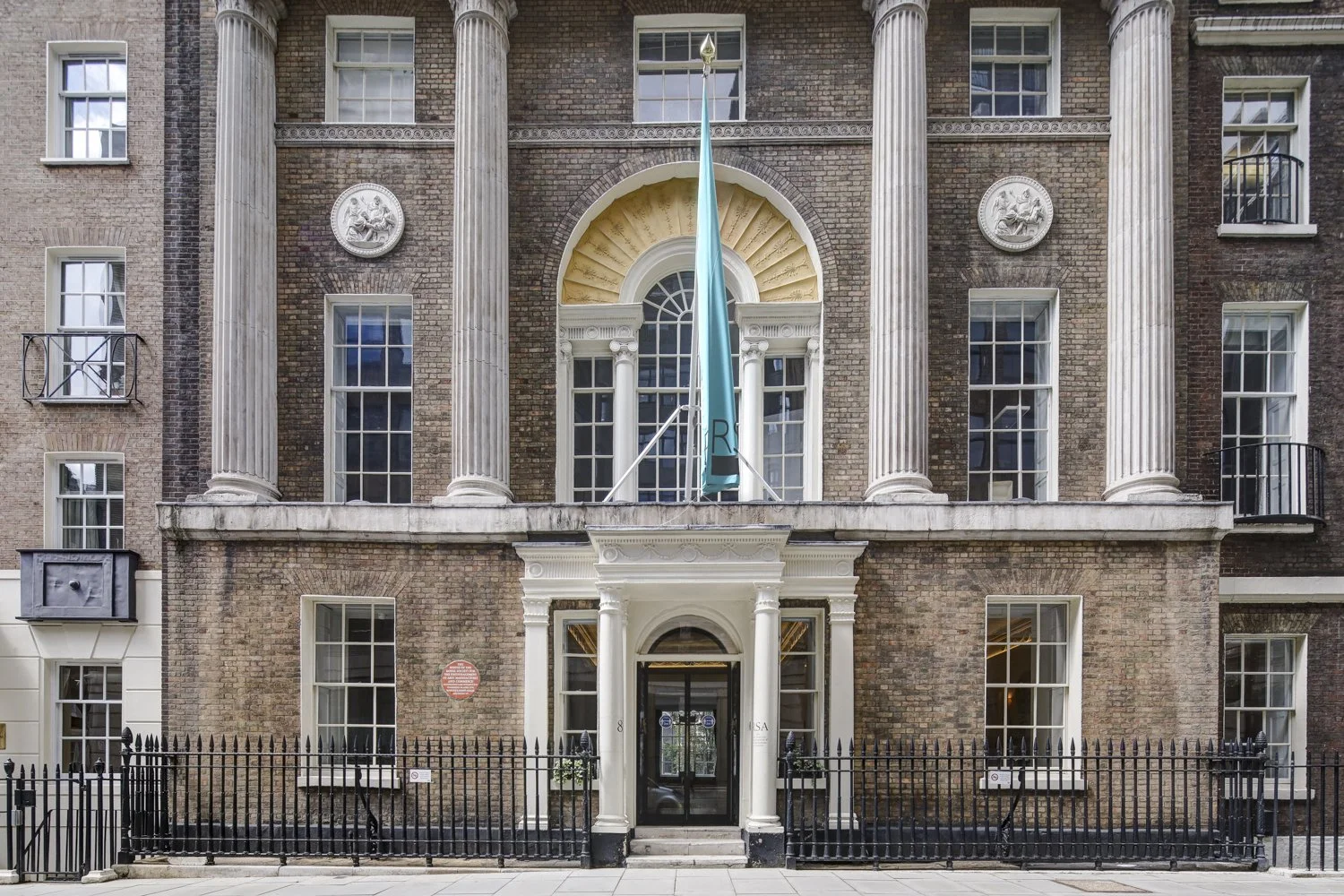How to Harvard Reference a Book: A Simple Walkthrough for Students
Why Harvard Referencing Matters
If you're writing a research paper, you’ll often need to show exactly where your information came from. That’s where Harvard referencing a book becomes important. This academic method helps readers trace your sources, shows respect for other authors’ work, and keeps your essay credible. Whether you’re writing a thesis or a short essay, learning how to reference a book in Harvard style saves you from plagiarism issues and makes your paper look professional.

In Harvard referencing, a book citation has two key parts:
An in-text citation placed inside the essay.
A reference list entry at the end.
A simple harvard referencing book example looks like this:
Szalay, D. (2017) All That Man Is. London: Vintage.
And the in-text version appears as: (Szalay, 2017, p. 24).
Getting the Basics Right
So, how do Harvard reference a book correctly? The basic format goes like this:
Author surname, initials. (Year) Book title. City: Publisher.
For instance,
Pears, R. and Shields, G. (2019) Cite Them Right: The Essential Referencing Guide. 11th edn. London: MacMillan.
When learning how to reference a book Harvard, always use italics for the title and include punctuation exactly as shown. If your book has multiple authors, list them in the order they appear on the title page.
Different Types of Book References
Students often struggle when the book isn’t a simple single-author one. Let’s break down the main categories of Harvard referencing a book you might encounter.

This table makes Harvard book referencing less intimidating. Once you’ve used it a few times, it becomes second nature.
Referencing an Edited or Translated Book
Knowing how to reference a book harvard style means you’ll also encounter edited and translated versions. Edited works are common in academic settings where multiple scholars contribute to one book. In this case, list the editor after the title with “Edited by.” For example:
Alcott, L.M. (2008) Little Women. Edited by Alderson, V. Oxford: Oxford University Press.
For translated works, don’t forget to mention the original language and translator. Example:
Nádas, P. (1998) A Book of Memories. Translated from the Hungarian by I. Sanders and I. Goldstein. London: Vintage.
That’s the simplest way to reference a book in harvard style without missing any detail.
E-Books and Online Versions
When dealing with e-books, the method slightly changes. You’ll still cite the author, year, and title, but you’ll replace the publisher details with a link. Many e-books lack page numbers, so instead, you can refer to a location number or percentage in your in-text citation.
Example:
(Le Guin, 2017, 85%)
Online referencing can feel tricky, especially for students rushing to meet deadlines. That’s where a harvard reference book generator can be useful, but it’s still better to check each entry manually. If you ever feel stuck writing essays or formatting citations, you might even think, I just need someone to help me write this properly. In that case, you can find the need to write an essay for me within 6 hours through trusted writing professionals who understand citation styles perfectly.
Referencing Specific Chapters
Sometimes, your book has chapters written by different authors. In that case, you’ll cite the chapter author rather than the editor. Here’s how to reference a book harvard when it’s a chapter within an edited collection:
Author surname, initials. (Year) ‘Chapter title’, in Editor surname, initials. (ed.) Book title. City: Publisher, pp. page range.
Example:
Greenblatt, S. (2010) ‘The Traces of Shakespeare’s Life’, in De Grazia, M. and Wells, S. (eds.) The New Cambridge Companion to Shakespeare. Cambridge: CUP, pp. 1–14.
This is especially common when writing literature or sociology essays where you reference multiple viewpoints.
Common Mistakes in Harvard Book Referencing
Even experienced students slip up while learning how to cite a book harvard style. Here are some of the most common errors and how to fix them:
Forgetting to italicise the book title.
Missing the edition number for later versions.
Mixing up editors and authors.
Not including the city of publication.
Using incorrect punctuation (e.g., commas instead of periods).
Each small mistake affects consistency, so keep a checklist handy when doing Harvard referencing book entries.
Quick Tips for Accurate Referencing
Always match your in-text citation with a full reference in your list.
Use initials rather than full first names.
List authors alphabetically in your bibliography.
Double-check dates and editions.
Keep formatting consistent—that’s what makes a good Harvard reference a book list.
If your university provides a referencing guide, align your format with their requirements. Small details like spacing or punctuation can vary slightly, but the structure stays the same.
Mastering how to harvard reference a book might look complicated at first, but once you grasp the structure, it’s a skill that makes every assignment easier. Consistency is key. The next time you’re writing an essay or report, use the correct Harvard referencing a book style and your work will look cleaner, more reliable, and academic-ready.
FAQs
1. What is the basic format for Harvard referencing a book?
Author surname, initials. (Year) Book title. City: Publisher.
2. How do I reference an edited book in Harvard style?
Add the editor’s name after the title with “Edited by.”
3. Do I need to include page numbers in book citations?
Only for in-text citations when referring to specific pages.
4. Can I reference e-books the same way as print books?
Mostly yes, but replace the publisher with a URL and access date.
5. What’s the difference between referencing and citing?
Citing happens inside your essay, while referencing lists full source details at the end.
Discover London’s unmissable 2026 fashion exhibitions, from over 200 pieces of the late Queen’s wardrobe at The King’s Gallery to the V&A’s showcase of Elsa Schiaparelli’s avant-garde designs and artistic collaborations…
The National Gallery will host the first ever UK exhibition dedicated solely to Catharina van Hemessen (1527/28 – after 1565), one of Europe’s earliest female painters, in 2027…
This week in London, enjoy festive events including Carols at the Royal Albert Hall, LSO concerts, designer charity pop-ups, late-night shopping, art exhibitions, film screenings, foodie experiences, last-chance shows, and volunteer opportunities across the city…
Explore Belgravia this Christmas with a festive pub crawl through London’s most charming historic pubs, from The Grenadier’s cosy mews hideaway to The Nags Head’s quirky classic tavern…
From the joys of Christmas at Kew to the lively Smithfield meat auction, and from major concerts and ballets to intimate workshops and family-friendly trails, the city offers an extraordinary mix of experiences. This guide brings together the very best of Christmas in London…
This guide highlights some of the must-see art exhibitions to visit over the festive period in London, including the days between Christmas and New Year’s. From major retrospectives of international masters such as Kerry James Marshall, Wayne Thiebaud, and Anna Ancher, to engaging contemporary works by Danielle Brathwaite-Shirley, Jennie Baptiste, and Tanoa Sasraku…
London’s cultural scene, a gallery or museum membership is the perfect alternative to another pair of socks. From unlimited access to exhibitions and exclusive events to discounts in shops and cafés, these memberships offer experiences that can be enjoyed throughout the year, while also supporting the vital work of arts organisations…
Your guide to London’s can’t-miss events this week, 17–23 November 2025, from Cabaret Voltaire live at ICA to Ballet Shoes at the National Theatre and The Evolution of UK Jazz at the Barbican…
Charlotte Winifred Guérard is a London-based artist and recent graduate of the Royal Academy of Arts School, where she was recognised as a Paul Smith’s Foundation scholar for her artistic achievement. Her work has been exhibited at the Royal Academy, Coleman Project Space, Fitzrovia Gallery, Messums and Palmer Gallery, and she has completed prestigious residencies including…
This week in London, you can enjoy festive ice skating, Christmas lights, jazz and classical concerts, and a range of art exhibitions. Highlights include Skate at Somerset House, Christmas at Kew, the EFG Jazz Festival, and the Taylor Wessing Photo Portrait Prize 2025…
From the 6th to the 9th of November, the leading West African art fair Art X Lagos celebrates its 10th birthday at the Federal Palace on Victoria Island. Founded by Tokini Peterside-Schwebig in 2016, the fair has become an unmissable event in the global art calendar, attracting galleries from over 70 countries and participants from 170 countries since its launch…
If you’re after something bold, queer and completely uncategorisable this November, you need to know about KUNSTY, the Southbank Centre’s brand new four day performance series running from 5-8 November 2025…
London’s most beloved Christmas activity is back. As festive cheer returns to the city, with twinkling lights and the scent of mulled wine drifting through the air, for many Londoners and visitors from further afield, nothing quite captures the spirit of the city at Christmas like strapping on a pair of skates and stepping onto the ice…
As the crisp autumn air settles over London, the iconic gardens of Berkeley Square are once again hosting one of the most anticipated gatherings in the art and antiques world: the LAPADA Fair 2025, running from 28 October to 2 November…
November is a lively time to be in London, with the festive season in full swing and the city buzzing with events. From skating at Somerset House to Christmas lights switch-ons and festive markets like the Southbank Centre Winter Market, there are plenty of ways to embrace the holiday spirit. Beyond the seasonal festivities, London’s cultural calendar is brimming with art, music, and performance…
As far as weekend getaways go, this 70-acre estate offers a peaceful country escape with all the best elements of a traditional hotel experience. Staffordshire, arguably, is not yet on the map for luxury and leisure but set in the heart of the beautiful Staffordshire Moorlands, The Tawny surely is a beacon of things to come…
Art Basel Paris returns to the Grand Palais for its second edition from 24–26 October 2025, bringing together 206 leading galleries from 41 countries and territories. Below is our guide to seven artists not to miss at this year’s edition, each presenting distinctive work through their galleries…
Art Basel Paris 2025’s Public Programme turns the city into a stage for contemporary art, placing bold, large-scale works in streets, courtyards, and cultural landmarks - all free to visit. From a dreamy opera of 30 surreal figures at Palais d’Iéna to a colossal Kermit the Frog balloon looming over Place Vendôme, here is our guide to five standout works from the Art Basel Public Programme that you simply cannot miss…
Frieze London 2025 returns to Regent’s Park with a dynamic mix of emerging and established galleries, reaffirming the city’s creative pulse. Highlights include Esther Schipper’s dreamlike works by Sarah Buckner, Gagosian’s vibrant installation by Lauren Halsey, and Pace’s meditative paintings by William Monk. From Do Ho Suh’s ethereal fabric architectures at Lehmann Maupin…
Paris launches into its own spectacular celebration of art each October, transforming the city into a hub for collectors, curators, and cultural enthusiasts. From the grandeur of Art Basel Paris at the newly renovated Grand Palais to the focused energy of Paris Internationale, OFFSCREEN, AKAA and Menart, each fair contributes something unique to the city’s vibrant art scene.
British Ceramics Biennial is back and better than ever. Running until 19 October 2025, the dynamic programme of free exhibitions, screenings, talks and events is proving a hit with both locals and critics…and just an hour and a half’s train away from London, it’s well worth a day trip…
Echoes of Migration is the flagship summit to launch new not-for-profit platform Art Voyage this autumn. Echoes of Migration officially inaugurates Art Voyage’s innovative, itinerant cultural programme…and gears us up for what is in store for the Art Voyage Biennial….
Betty Ogundipe (b. 2001) is a multidisciplinary artist of Nigerian heritage whose work explores resilience, femininity, and the power of love and resistance. Her debut solo exhibition, LOVE/FIGHT at Tache Gallery…
The V&A’s Marie Antoinette Style, sponsored by Manolo Blahnik, is being hailed as the first landmark exhibition in the UK devoted to France’s most infamous Queen of Fashion. It is a glittering journey through silk, flamboyance and legacy….
Malta is fast becoming one of the Mediterranean’s hottest destinations, offering sun-soaked beaches into October, a thriving arts and culture scene, and stunning architecture and landscapes…
This October in London offers everything from Frieze and the BFI Film Festival to Peggy Gou, the London Literature Festival, and Halloween at Kew.
Discover the best restaurants in Malta, where to eat, drink and enjoy authentic Maltese food and Michelin-star dining…
From The Phoenicia Hotel and Iniala Harbour House, Valletta showcases some of Malta’s finest hotels, ranging from landmark luxury where royalty once danced to boutique hideaways filled with Maltese art…
October is the month for art in London, thanks to Frieze and several other art fairs taking place across the city. There will be a significant programme of shows across the capital’s galleries and institutions. Notable openings include Cosima von Bonin’s Upstairs Downstairs at Raven Row, examining 35 years of work through objects, characters, and early pieces unseen for more than a decade; Wolfgang Tillmans’ Build From Here at Maureen Paley, and Arthur Jafa’s first exhibition at Sadie Coles HQ…
















































